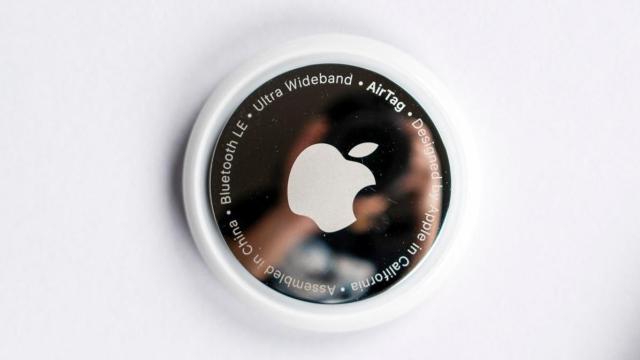There’s a chorus of voices that say Apple should do more to guard everyone — Android and iOS users alike — against unwanted tracking and stalking. I agree with them, and the entire concept of the AirTag made me curious. Can you track the trackers?
I’m not talking about Apple’s built-in warnings for when unidentified AirTags find themselves moving along the same paths as you. You can read all about how that works at Apple’s website. Spoiler: If you’re an Android user, or running a version of iOS that’s older than 14.5, you’ll need to wait for an AirTag to emit a sound that chimes after it’s not near its associated device for a few days. (Not the most helpful if you’re being stalked by someone who comes into contact with you at regular intervals.)
My thought was that there must be some kind of method to track an AirTag by the signals it emits. It must be reaching out in some way as part of its handshake with devices enrolled in Apple’s “Find My” network.
As it turns out, you can track an AirTag manually. Sort of. You just need a Bluetooth-scanner app (presumably something like LightBlue or Bluetooth Scanner). Said device won’t show up as an AirTag when identified, but you’ll at least be able to clue in that some strange, unknown Bluetooth device is nearby. And, ideally, moving your phone around could potentially help you pinpoint its location.
So AirTag shows as an unarmed BT device in scanner apps. pic.twitter.com/N2TicglSYJ
— Aaron Pearce (@aaron_pearce) April 30, 2021
One thing to keep in mind if you’re doing some Bluetooth scanning for AirTags is that their ID — the string of letters and numbers that looks like 12:c9:34:f8:a1:… — is going to change to different, random values. That’s intentional. Your goal is to simply find the location of nearby Bluetooth devices that are transmitting. You won’t be able to identify an AirTag specifically (unless it’s unpaired from an iPhone, which then disables said randomization).
I don’t have my AirTags yet, so I can’t go over how to scan yet in greater detail — including how likely it is for an average person to be able to do this successfully. That said, scanning for unwanted AirTags using a Bluetooth-scanning app shouldn’t be your go-to approach for ensuring your privacy. For starters, you’re probably going to get quite a few red herrings, and it won’t be as easy to find an AirTag as it would be to locate a small device that won’t stop chirping.
Instead, you should absolutely install iOS 14.5 if you’re an iPhone owner, which will let you know, passively, if this issue pops up. If you’re on Android, and you’re suspicious, then turn to a scanner while you wait for an AirTag to chirp (assuming the person controlling it isn’t ever nearby). And cross your fingers that Apple comes up with a much stronger solution for those who would prefer to know, day-of, that an AirTag is following them around, rather than a week after the fact.

Leave a Reply
You must be logged in to post a comment.